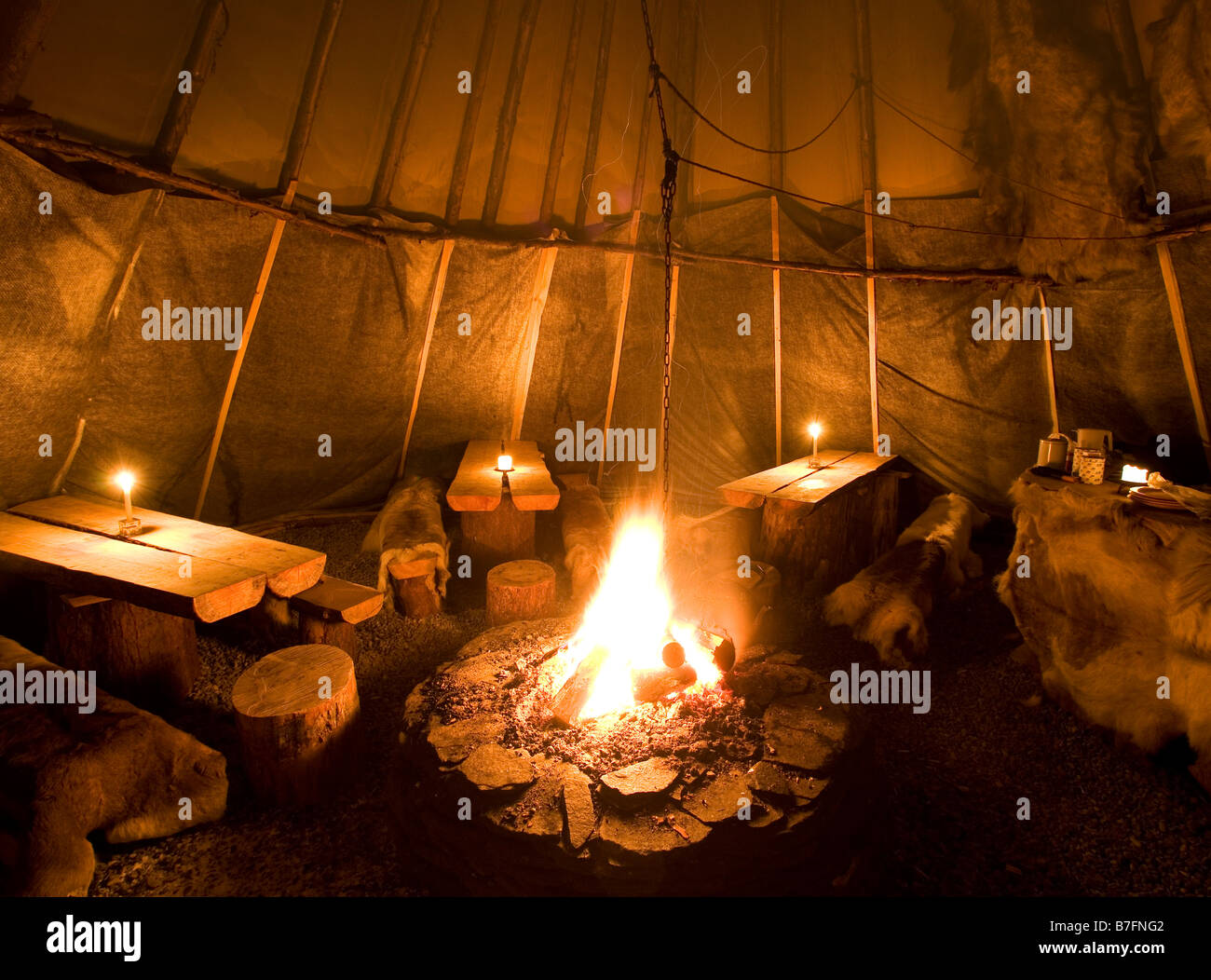
Introduction
Scandinavian decor has gained immense popularity in recent years, with its minimalist and functional design aesthetic capturing the hearts of many. But beyond its clean lines and neutral color palettes, Scandinavian decor is also deeply rooted in the region's rich cultural heritage. From Sankthans celebrations to Sami tents, there are numerous cultural elements that have influenced and shaped Scandinavian decor. In this article, we will explore some of these cultural elements and their significance in Scandinavian design.
Sankthans: A Midsummer Celebration
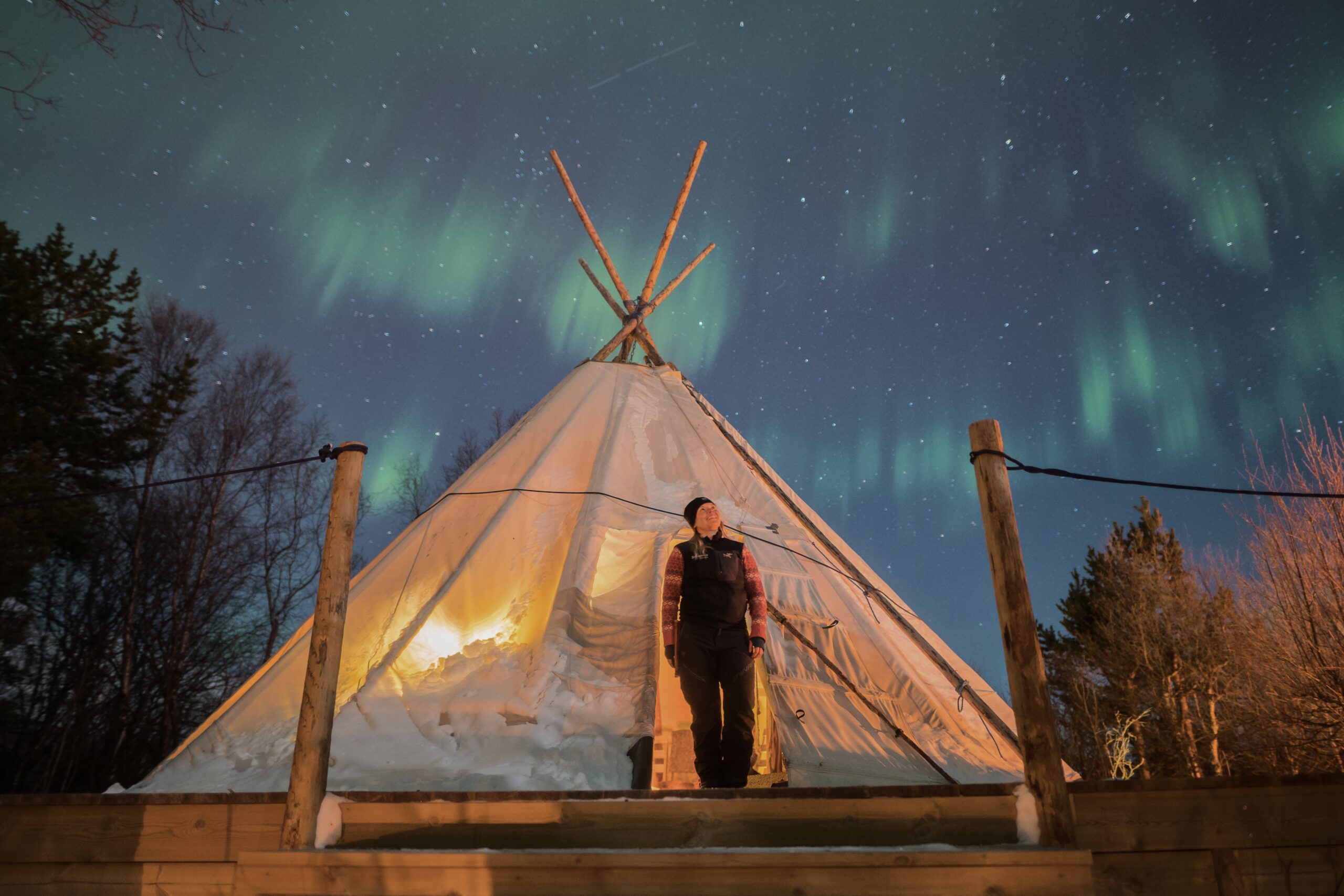
Sankthans, also known as St. John's Eve, is a traditional celebration that takes place in Scandinavia on the night of June 23rd. It is a time when people gather to celebrate the summer solstice and the arrival of the warmest season of the year. Sankthans is known for its bonfires, music, dancing, and feasting, and these elements have found their way into Scandinavian decor.
One of the key elements inspired by Sankthans is the use of natural materials, such as wood and stone, in Scandinavian interiors. This reflects the connection to nature that is celebrated during the midsummer festivities. Wood is often used in furniture and flooring, while stone is incorporated in fireplace surrounds and countertops. These materials not only add warmth and texture to the space but also serve as a reminder of the natural beauty of the Scandinavian landscape.
Another aspect of Sankthans that has influenced Scandinavian decor is the use of light. The bonfires that are lit during the celebration have inspired the use of candles and natural light in interior design. Scandinavian homes often feature large windows that allow ample sunlight to flood the space, creating a bright and airy atmosphere. Candles are also a common sight in Scandinavian interiors, adding a cozy and intimate feel to the room.

Sami Tents: Nomadic Influence
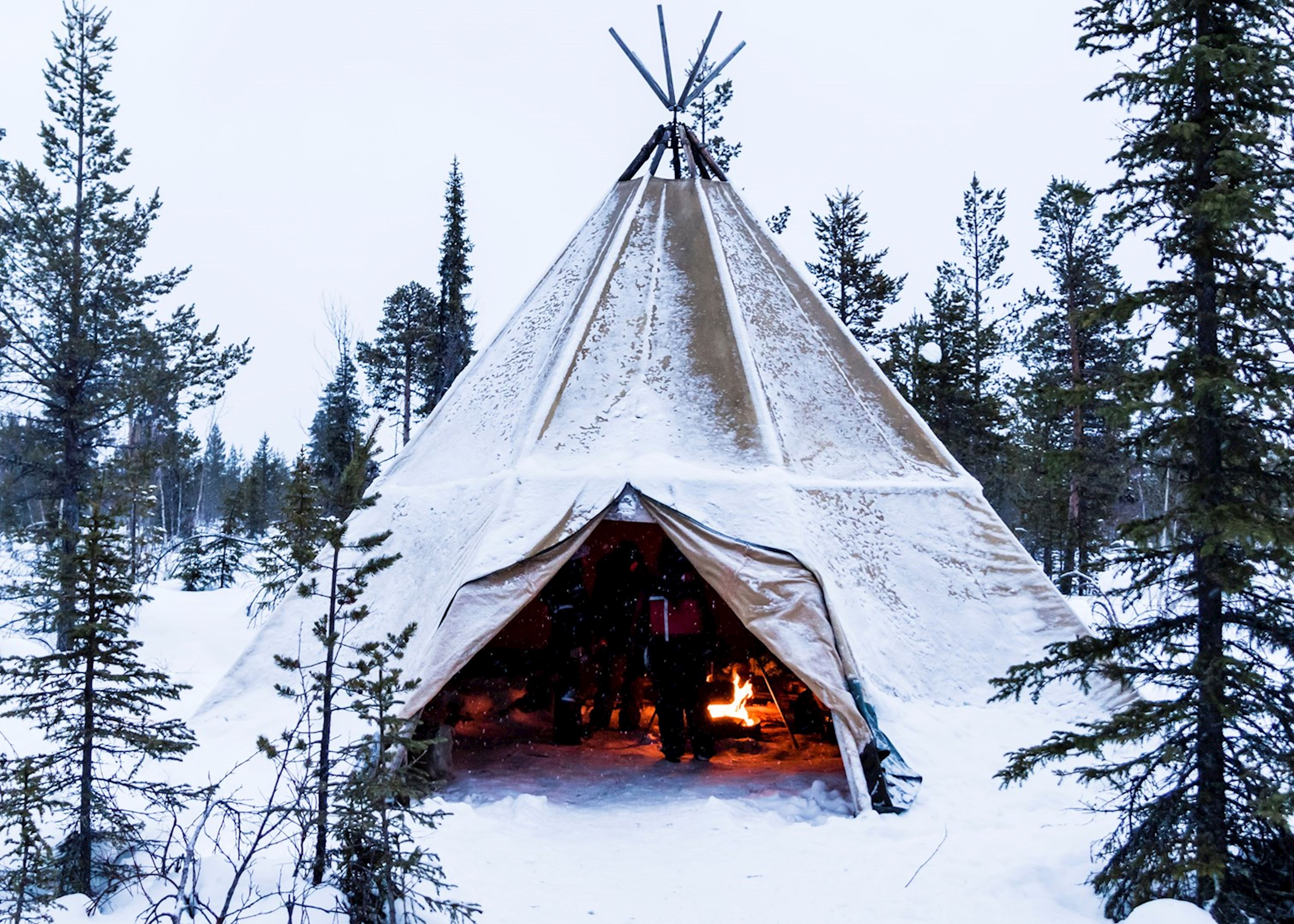
The Sami people, who are indigenous to the Arctic regions of Scandinavia, have a rich nomadic culture that has had a significant impact on Scandinavian decor. One of the most notable influences is the use of reindeer hides in interior design. Reindeer hides are often used as rugs or throws, adding a touch of warmth and authenticity to Scandinavian homes. These hides are not only visually appealing but also have practical benefits, as they provide insulation during the cold winter months.
Another cultural element inspired by the Sami people is the use of vibrant colors and intricate patterns. Traditional Sami clothing and crafts are characterized by bold colors and geometric designs, and these motifs have found their way into Scandinavian decor. From patterned textiles to decorative accessories, these elements add visual interest and a sense of playfulness to otherwise minimalistic spaces.
Sami tents, known as "lavvu," have also influenced Scandinavian decor. These traditional tents are cone-shaped and made from wooden poles covered with reindeer hides or fabric. While modern Scandinavian homes may not have lavvus, the concept of a cozy and intimate space has been embraced. Scandinavian interiors often feature nooks and alcoves that provide a sense of privacy and comfort, reminiscent of the snug interiors of a lavvu.

Nature and Minimalism

One of the defining characteristics of Scandinavian decor is its emphasis on nature and minimalism. Scandinavian design draws inspiration from the region's stunning natural landscapes, incorporating elements such as wood, stone, and natural light. The use of natural materials not only adds warmth and texture but also connects the interior space to the outdoors.
Minimalism is another key aspect of Scandinavian decor, reflecting the region's design philosophy of "less is more." Scandinavian interiors are characterized by clean lines, clutter-free spaces, and a focus on functionality. This minimalist approach not only creates a sense of calm and tranquility but also allows the natural materials and design elements to take center stage.
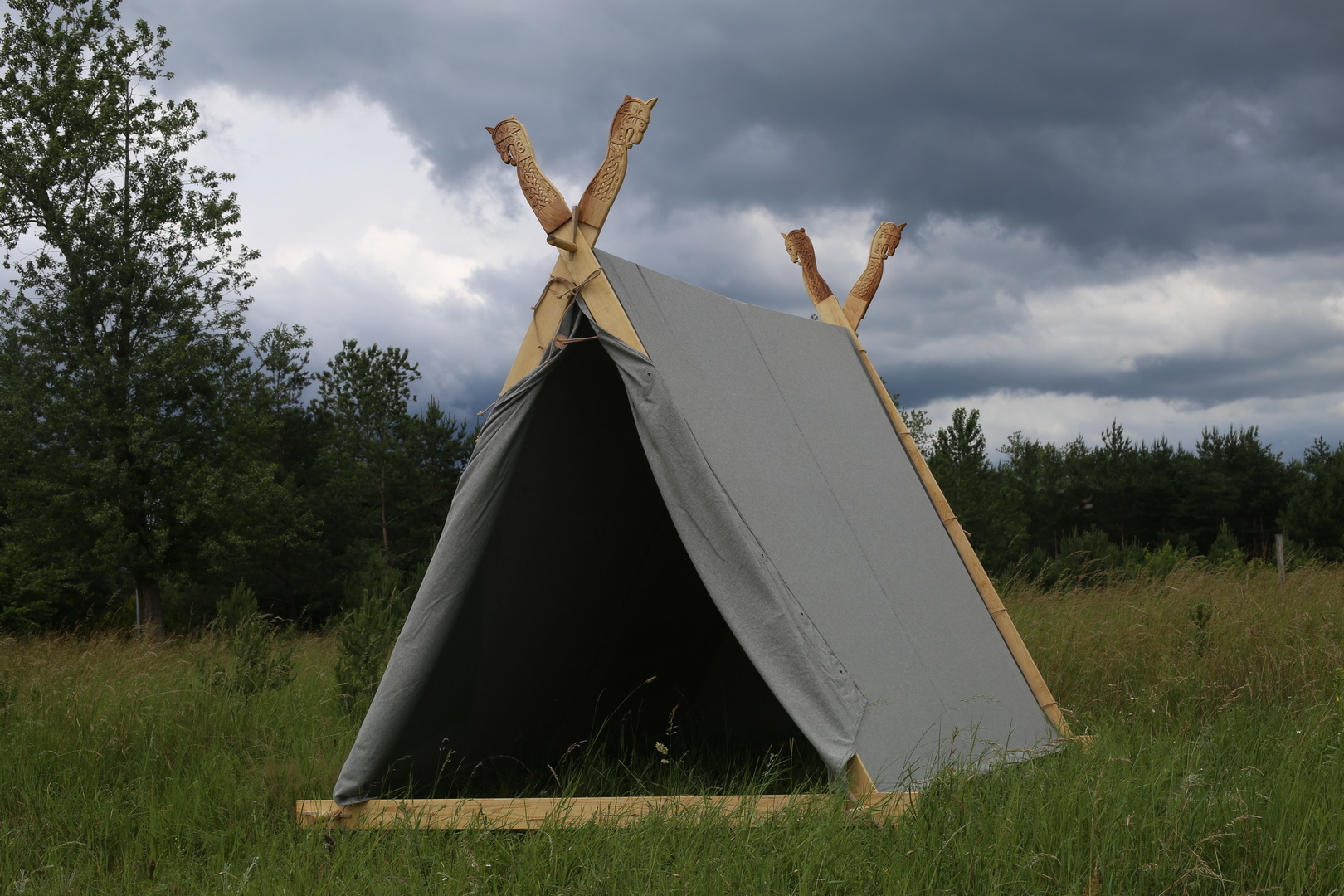
Hygge: The Danish Concept of Coziness
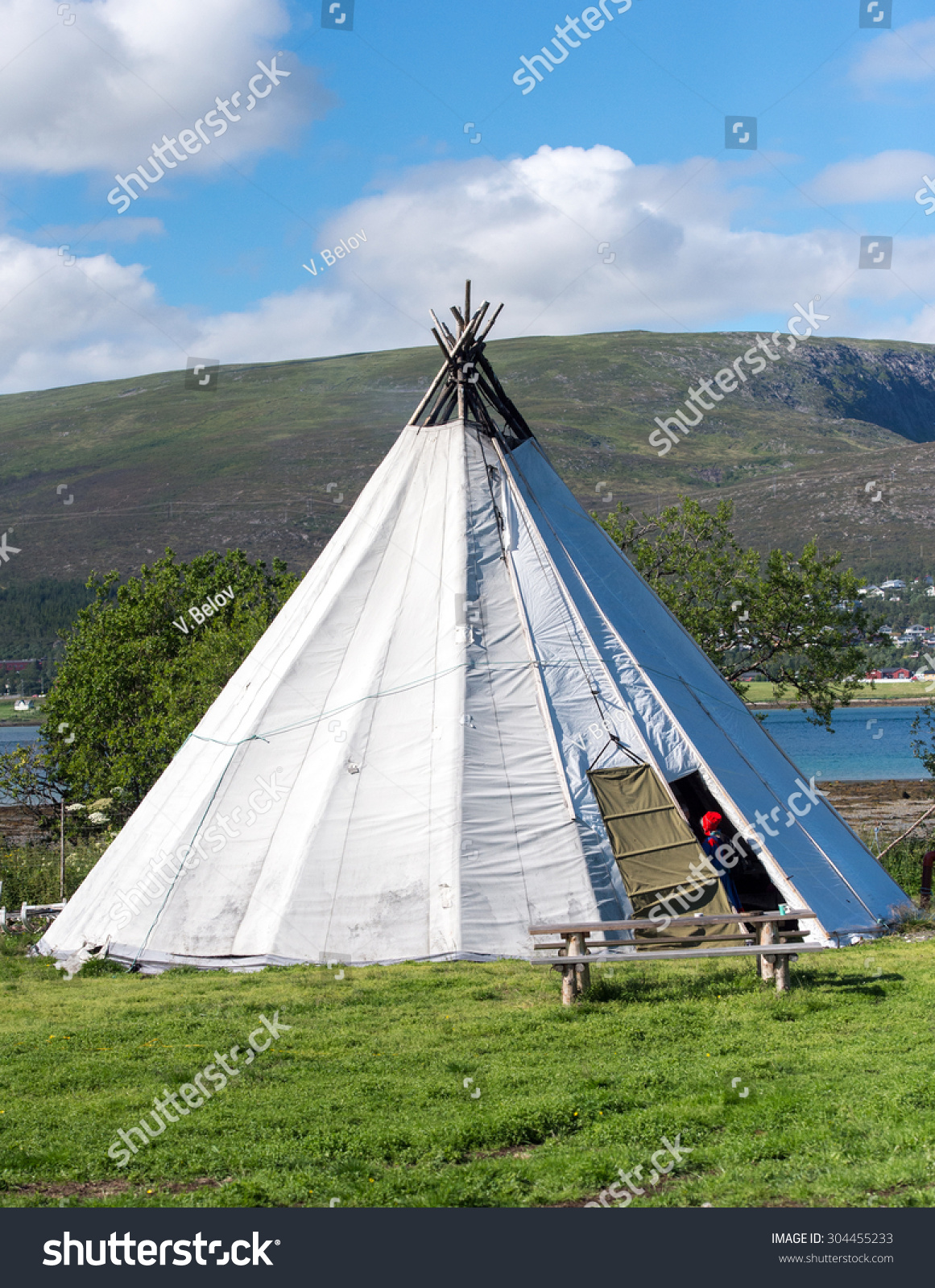
Hygge, a Danish word that roughly translates to "coziness," is a concept that has gained international recognition in recent years. It embodies the Scandinavian way of life and has had a significant influence on Scandinavian decor. Hygge is all about creating a warm and inviting atmosphere, where people can relax and enjoy the simple pleasures of life.
In terms of decor, hygge is reflected in the use of soft textiles, such as chunky knit blankets and plush rugs, that add warmth and comfort to the space. Candles are also an essential element of hygge, creating a cozy and intimate ambiance. Additionally, natural elements, such as plants and flowers, are incorporated to bring a touch of nature indoors.
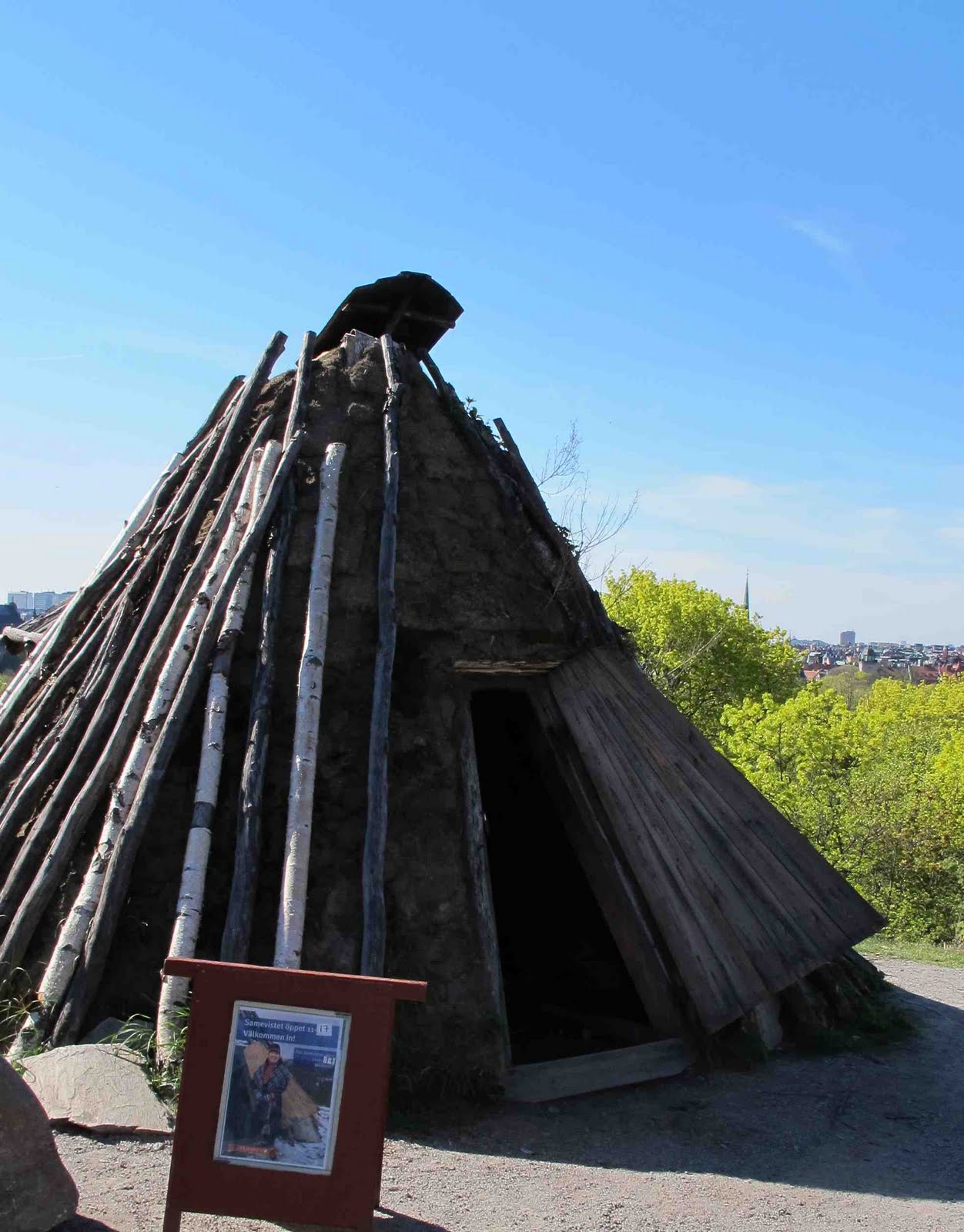
Conclusion
Scandinavian decor is more than just a design trend; it is a reflection of the region's rich cultural heritage. From the midsummer celebrations of Sankthans to the nomadic influence of the Sami people, Scandinavian design incorporates elements that are deeply rooted in tradition and history. The emphasis on nature, minimalism, and hygge further enhances the unique appeal of Scandinavian decor. By understanding the cultural elements that have shaped Scandinavian design, we can truly appreciate its beauty and significance in the world of interior design.